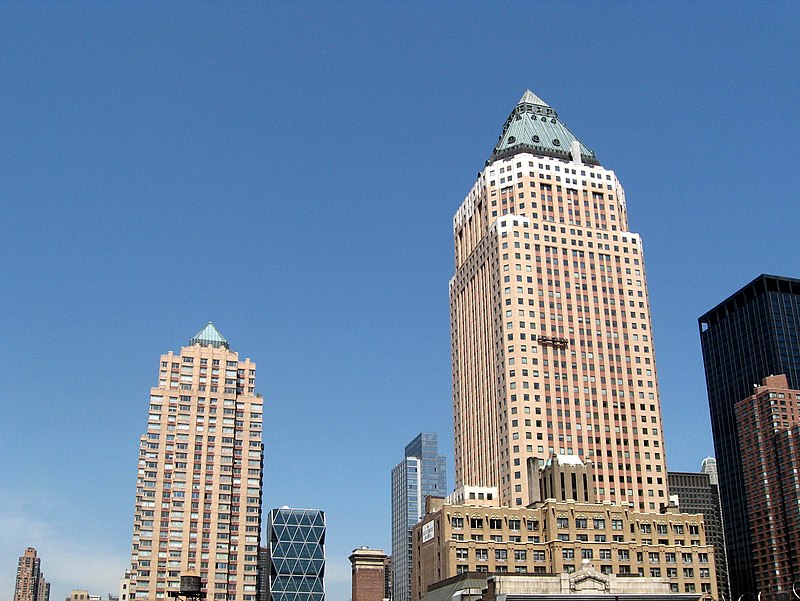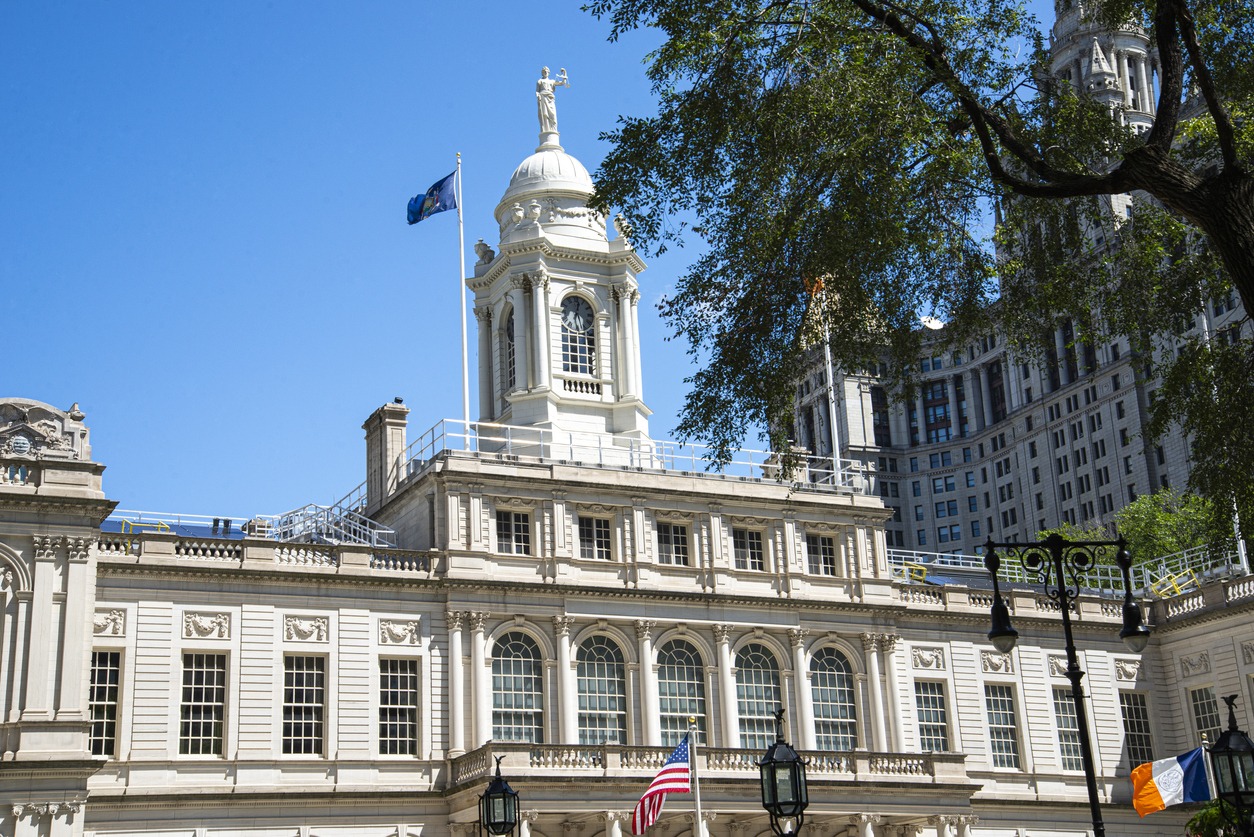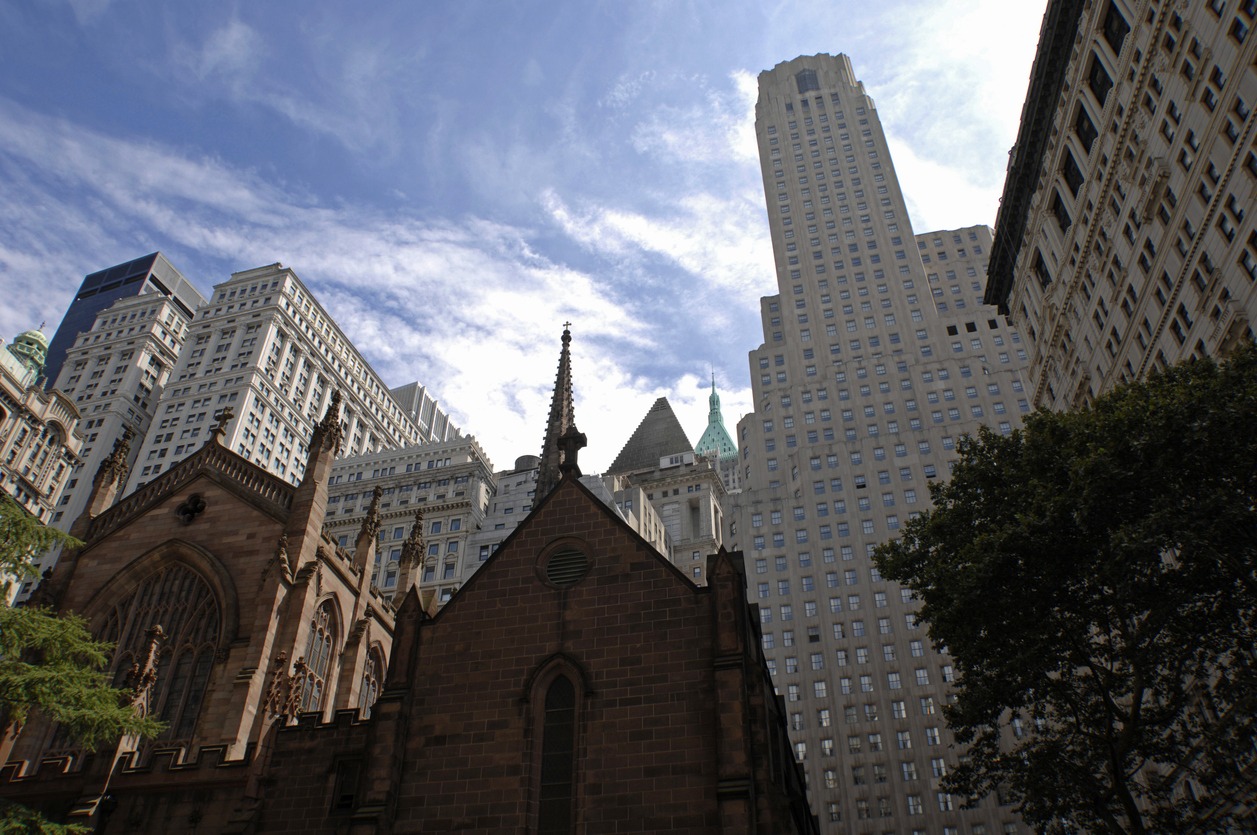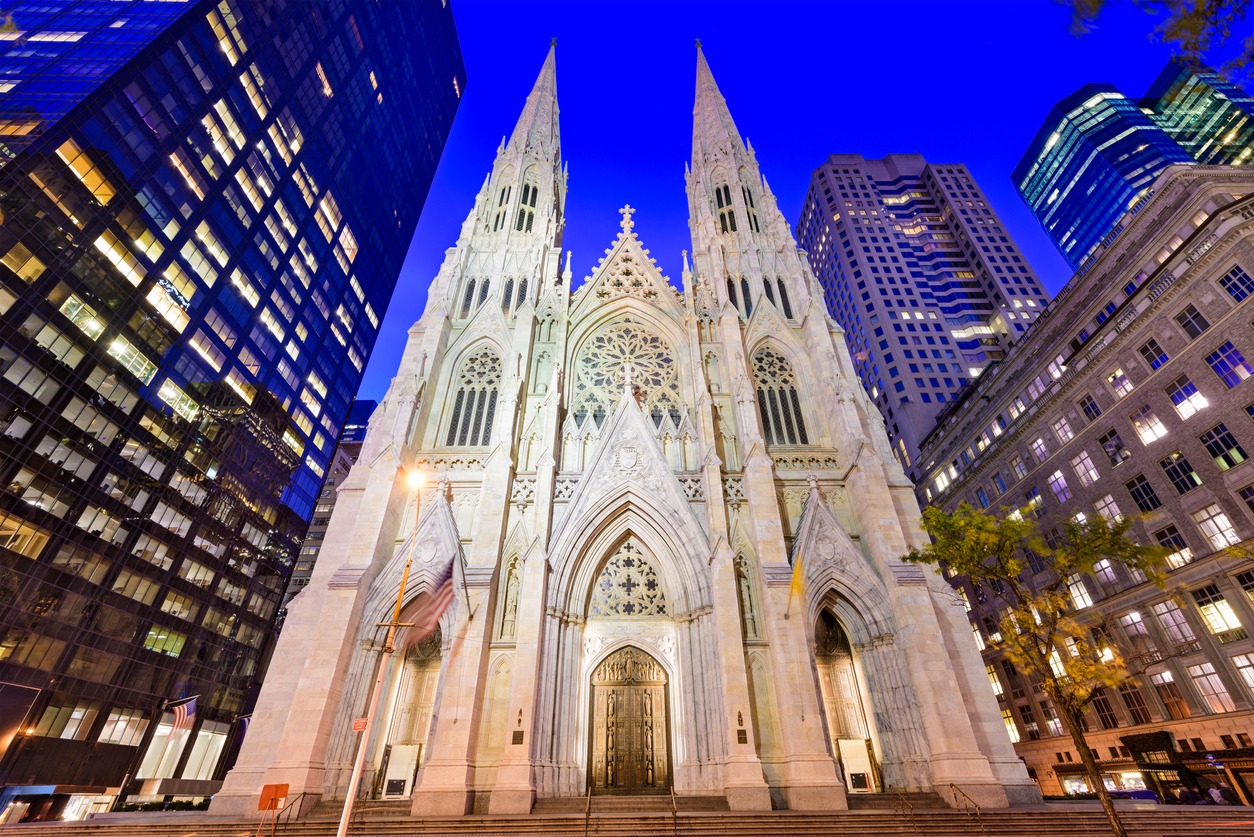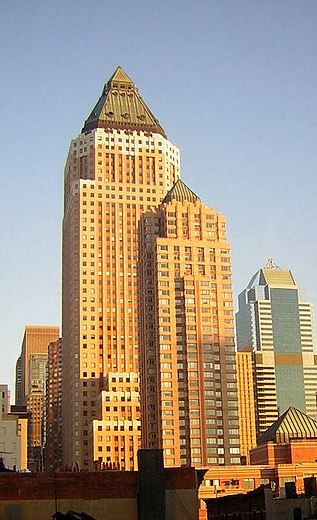As soon as you step foot in New York City, you will be drawn to the city’s architecture. New York City’s skyscrapers, reveals that no two buildings are alike, and each contributes a unique flavor, making it one of the world’s most architecturally diverse cities. It’s not a secret that New York City is awash in stunning architecture, and a trip to the Big Apple isn’t complete without a stop at some of the city’s most iconic landmarks.
New York City an Architecturally Diverse City
Many features of New York’s success, including its global culture, are mirrored in its architectural diversity. Modern and traditional influences blend in this brand-new city, which bears the moniker “new” even in its name. Learning about the architectural styles that shaped New York’s most iconic structures can enhance your experience, even if you aren’t an architect.
In many ways, the city’s architecture reflects the city’s diverse population. New York City boasts one of the richest collections of structures in the world, spanning a diverse variety of architectural styles from different eras of history and culture. The obsession with architecture in New York City predates the US Census Bureau’s identification of the city as the country’s largest metropolitan city, published in 1790. We know New York City is home to many architectural styles; therefore, we’ll emphasize the most common ones.
1. The Dutch colonials
The Pieter Claesen Wyckoff House is a perfect reminder of how everything started in the city of New York. Constructed in 1652, it holds the distinction of being the city’s oldest standing structure. The Dutch governed New York until 1664, and as a result, many homes were built in the traditional farmhouse design. As a result of the farm’s restoration in 1982, it has been transformed into a museum. Nearby is Brooklyn Terminal Market, home to some of the city’s largest produce markets.
2. Georgian
Inspired by British designs from the time between 1714 and 1830, when four kings called George ruled the English throne, but heavily influenced by the colonial style. During the eighteenth century, symmetrical homes with columns and exterior chimneys were widespread. The Morris-Jumel Mansion, erected in 1765 and considered the oldest house in Manhattan, is a perfect example of this style. Similarly, St. Paul’s Chapel, modeled after London’s St. Martin-in-the-Fields, features a Georgian-style interior.
3. Federal
The end of the eighteenth-century English recognition of the United States of America as a sovereign nation significantly impacted the architecture of the newly declared republic. When British colonialism was finally terminated in 1780, the Georgian style evolved into neoclassicism, including Greek and Roman architecture ideals and the work of Scottish architect Robert Adam. The new American republic’s federation of states inspired the name of the style. City Hall in New York City, the official seat of the city government, is a significant example of Federal architecture.
4. Neoclassical
A great deal of the work done between 1820 and 1860 was influenced by Greek architecture following the “ode to democracy.” Informally, the Greek Revival became the nation’s official architectural style, as it claimed to be the legitimate heir of ancient Greek democracy. Across the country, many structures were constructed in the style of Greek temples, and New York was no exception. The Federal Hall National Memorial on Wall Street with its Doric columns is an impressive example of this style.
5. Neo-Renaissance-style
An architectural style that was formed in New York City between the years 1830 and 1840 and based on the Italian Renaissance architecture, particularly that of Venice. The baptismal Italianate style was defined by rectangular and symmetrical shapes, horizontal roofs, huge windows with rounded tops, and wrought facades decorated by columns in various buildings. The EV Haughwout Building and other structures on Greene Street are outstanding examples of this architecture.
6. Neo-Gothic
Once again, the English neo-Gothic movement made its way to Manhattan in 1840, benefiting New York’s architecture. The Gothic Revival brought to light principles that had been used in the Middle Ages but were scorned throughout the Renaissance, with influence in building and literature that adopted Romanticism. St. Patrick’s Cathedral, the Trinity Church in New York City, and the Jefferson Market Library have Gothic architecture, including asymmetrical towers, brilliant stained glass, and narrow arched doors and windows.
7. Skyscraper or Cast-Iron
Technological advances, primarily from Chicago, changed the appearance of North American metropolises at the close of the 19th century. Skyscrapers, previously unthinkable in scale, were made possible by the invention of cast-iron and steel frame construction. These structures also required proper electrical and hydraulic systems to house them, which was a satisfactory answer to the city’s long-standing problem with a lack of room in Manhattan. As a result, skyscrapers can be found in various architectural styles in New York because “skyscraper” refers to a construction method, not an architectural trend. The Broadway-Chambers Building was one of the city’s first skyscrapers when it was constructed in the early 1900s.
8. Beaux-Arts
Renowned North American architects used what they learned at the Paris College of Arts and Crafts between 1890 and 1920. French school trends did not introduce significant improvements beyond the previously mangled Greek and Roman architecture: Doric and Corinthian columns, symmetry, staircases, light colors, etc. A few examples of this style were the New York Public Library, the Metropolitan Museum of Art, and Grand Central Station.
9. Deco-Art
Since its inception in Paris in 1925, the avant-garde movement has had a profound impact on the design of everyday things and the development of modern architecture. This impact can be seen in the use of black and silver colors, the placement of eaves on successive floors, and the use of geometric designs in the décor of New York City buildings. Several New York City Art Deco skyscrapers, including the Chrysler Building, Rockefeller Center, and the Empire State Building, were affected by a 1916 city legislation that mandated forced lateral cuts to buildings over specific heights.
10. Postmodern
A new architectural style known as postmodernism arose as a reaction to the homogeneity and sterility of glass-sided structures in the late 1970s. During the twentieth century, glass was primarily replaced by stone, classical adornments were reintroduced to building facades, and building tops were made to stand out in the sea of skyscrapers that New York had become. Both the Worldwide Plaza, located on 8th Avenue and 49th Street, and Sony’s building at 550 Madison Avenue are excellent examples of postmodern architecture.
Historically, architectural styles in New York City have been just as diverse as the people who live there now. The city’s many distinct architectural styles and its long and illustrious history are inextricably intertwined with its very fabric because of its widespread global impact on its construction. The development of the skyscraper at the turn of the 20th century completely reimagined the skyline of the city, very literally elevating it to new levels. It is still the case that New York is a site where concepts are materialized, tested, and rethought, just as the structures that make up this magnificent city have been throughout its history. New York City has always been in the front of architectural innovation, whether through adopting architectural styles from other countries or creating its own. Don’t forget to watch for new landscape architecture the next time you’re in New York City.

